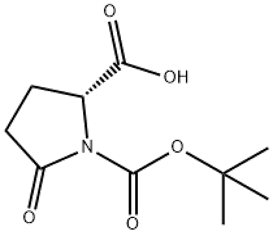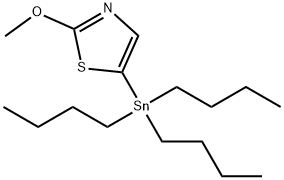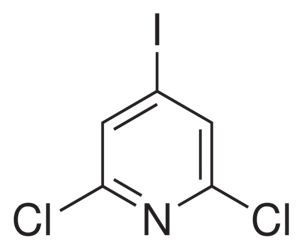3-Nitroaniline(CAS#99-09-2)
| Hazard Symbols | T – Toxic |
| Risk Codes | R23/24/25 – Toxic by inhalation, in contact with skin and if swallowed. R33 – Danger of cumulative effects R52/53 – Harmful to aquatic organisms, may cause long-term adverse effects in the aquatic environment. |
| Safety Description | S28 – After contact with skin, wash immediately with plenty of soap-suds. S36/37 – Wear suitable protective clothing and gloves. S45 – In case of accident or if you feel unwell, seek medical advice immediately (show the label whenever possible.) S61 – Avoid release to the environment. Refer to special instructions / safety data sheets. S28A - |
| UN IDs | UN 1661 6.1/PG 2 |
| WGK Germany | 2 |
| RTECS | BY6825000 |
| FLUKA BRAND F CODES | 8 |
| TSCA | Yes |
| HS Code | 29214210 |
| Hazard Class | 6.1 |
| Packing Group | II |
| Toxicity | Acute LD50 for guinea pigs 450 mg/kg, mice 308 mg/kg, quail 562 mg/kg, rats 535 mg/kg (quoted, RTECS, 1985). |
Introduction
M-nitroaniline is an organic compound. It is a yellow crystal with a peculiar foul odor.
The main use of m-nitroaniline is as a dye intermediate and as a raw material for explosives. It can prepare other compounds by reacting with certain compounds, such as nitrate compounds can be prepared by reacting with nitric acid, or dinitrobenzoxazole can be prepared by reacting with thionyl chloride.
The preparation method of m-nitroaniline can be obtained by the reaction of m-aminophenol with nitric acid. The specific step is to dissolve m-aminophenol in sulfuric acid containing nitric acid and stir the reaction, then cool and crystallize to finally obtain the product of m-nitroaniline.
Safety information: M-nitroaniline is a toxic substance that has an irritating effect on the eyes, skin, and respiratory tract. Contact with the skin can cause inflammation and redness, and inhalation of high concentrations of vapor or dust may cause poisoning. Wear protective glasses, gloves, protective clothing, and respirators when operating, and ensure that the operation is carried out in well-ventilated conditions. Any possible contact should be immediately rinsed with plenty of water and immediately treated with medical attention. Moreover, m-nitroaniline is explosive and should be kept away from open flames and high temperatures.



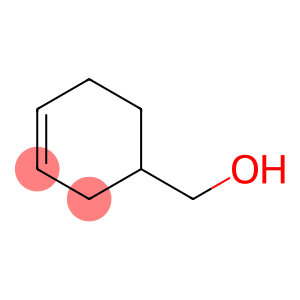
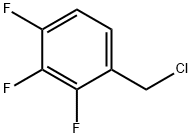
![Phenol,4-[2-(methylamino)ethyl]-, hydrochloride (1:1)(CAS# 13062-76-5)](https://www.xinchem.com/uploads/42Methylaminoethyl]phenolhydrochloride.png)
